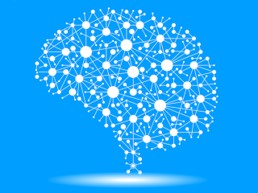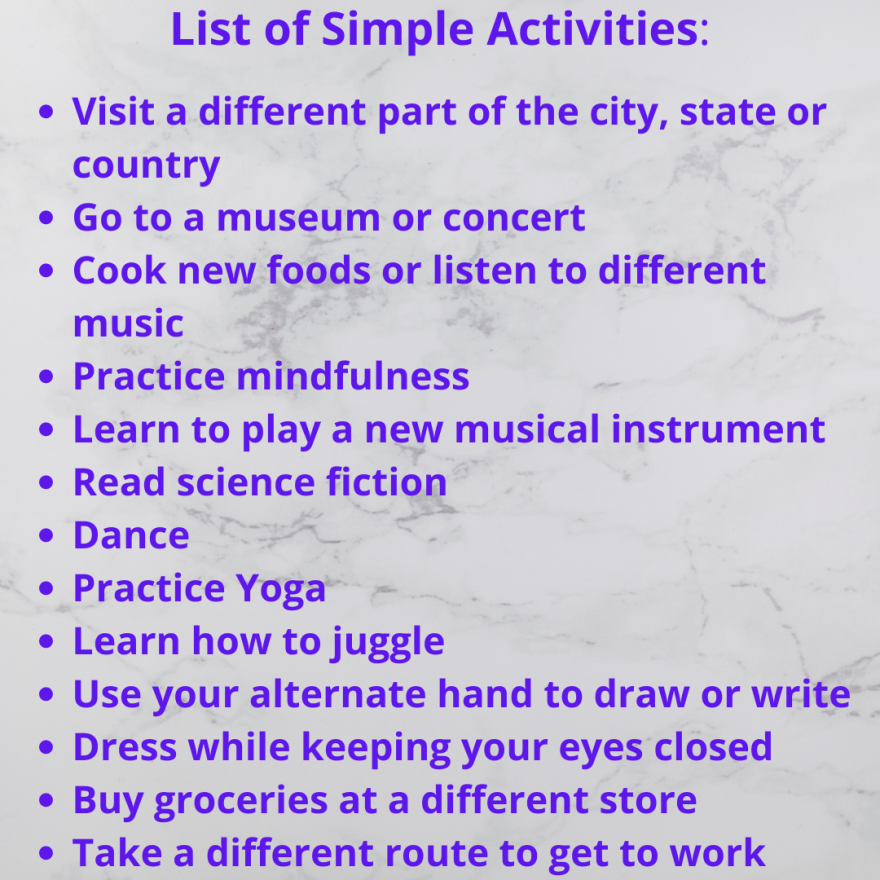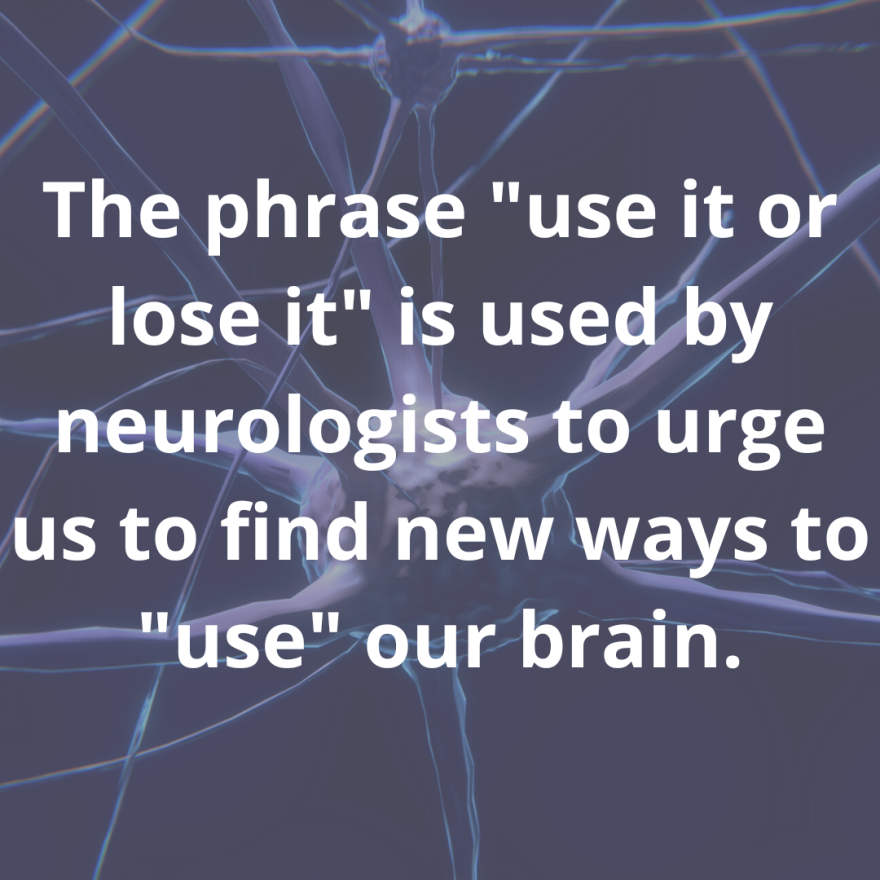| Neuroplasticity
|
|
Lately it seems that two words pop up in everything I read: mindfulness and neuroplasticity. I just finished a book by Dr. Norman Doidge, The Brain That Changes Itself: Stories of Personal Triumph from the Frontiers of Brain Science. This book cemented my hope and belief in the science behind neuroplasticity. Let me share some interesting highlights I drew from the book.
|
 |
Before the late 1960s scientists believed that brain anatomy was fixed and could not find new ways to function. In the early 1970s scientists debunked that belief when they discovered that the “brain changes its structure with each different activity it performs. It perfects its circuits to be better suited to the task at hand.” (The Brain that Changes Itself, Norman Doidge)
|

|
That process is what we now call neuroplasticity. The “ability of the brain to adapt or change over time, by creating new neurons and building new networks.” (Psychology Today)
|
We lose neurons as we age, and the rate of neuroplasticity slows down. While this may seem frightening for some the truth is that it’s never too late for you to build neural pathways. Neuroplasticity may slow down with age, but it doesn’t stop! The more the brain is exercised in new and challenging ways - the stronger and more connected it becomes.
You may be asking: “How do we engage our brain to help build new pathways no matter our age?” Thankfully, researchers have identified the following three habits as behaviors that promote and facilitate neuroplasticity as we age.
- Physical exercise. Exercise increases blood flow to the brain and delivers much needed oxygen.
- Paying attention. Pay full attention to one activity at a time. Our brains are not meant to multitask and by paying attention to one thing we eliminate the auto pilot default mode. (Mindfulness anyone?)
- Learning/Practicing new and challenging things. The brain “reorganizes itself in response to novel and challenging daily experiences.” (The Brain that Changes Itself) This new activity doesn’t have to add an extra burden to your day! It can be as simple as brushing your teeth with your non dominant hand. Have you tried it? It may feel impossible at first but with practice you’ll be able to master it.
I encourage you to choose a new challenge or activity from the box below to teach your brain something new.

|
“Neuroplastic change takes time in order for structural and functional change to occur.” (The Brain that Changes Itself) Check in with yourself weekly. Have you been following your plan? If not, adjust and keep going.
|
 |
Be well,
Ana Isabel Sánchez
   
|
| |
|
|
|
|